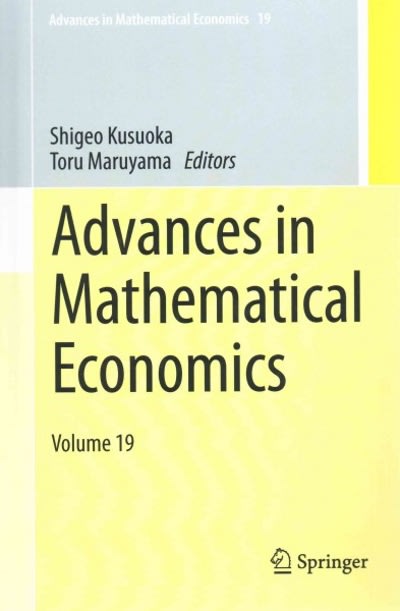Question
3. Researchers wanted to determine if carpeted rooms contained more bacteria than uncarpeted rooms. To determine the amount of bacteria in a room, researchers pumped
3. Researchers wanted to determine if carpeted rooms contained more bacteria than uncarpeted rooms. To determine the amount of bacteria in a room, researchers pumped the air from the room over a Petri dish at the rate of 1 cubic foot per minute for eight carpeted rooms and eight uncarpeted rooms. Colonies of bacteria were allowed to form in the 16 Petri dishes. The results are presented in the table below. A normal probability plot and boxplot indicate that the data are approximately normally distributed with no outliers. Do carpeted rooms have MORE bacteria than uncarpeted rooms at the = 0.05 level of significance?
| Carpeted Rooms | (bacteria/cubic foot) | Uncarpeted Rooms | (bacteria/cubic foot) |
| 11.8 | 10.8 | 12.1 | 12.0 |
| 8.2 | 10.1 | 8.3 | 11.1 |
| 7.1 | 14.6 | 3.8 | 10.1 |
| 13.0 | 14.0 | 7.2 | 13.7 |
Let Population 1 be the carpeted rooms, and let Population 2 be the uncarpeted rooms. Step 1: Set up the null and alternative hypotheses. THIS IS A LEFT / RIGHT / TWO-TAILED TEST (Circle One) H0 : __________________ H1 : __________________ Step 2: What is the sample evidence? The statistics for Carpeted Rooms: n1 = _______, x1 = ________, and s1 = ________. The statistics for Uncarpeted Rooms: n2 = _______, x2 = ________, and s2 = ________.
Step 3: Requirements Check: The samples are obtained independently using simple random sampling. ASSUME YES. The populations from which the samples are drawn are normally distributed OR the sample sizes are large (n1 30, n2 30). __________________________________________________________________________. For each sample, the sample size is no more than 5% of the population size. _______________________________________________________________________.
Step 4: We recall that the level of significance is = __________. Final Step: USING TECHNOLOGY: The "TI83/84 CALCULATOR" PROCEDURE Choose (4): "2-SampTTest" Display: 1 > 2 t = __________ (This is the TEST STATISTIC) p = __________ (This is the p-value) Conclusion: Since the p-value = ____________ is LESS THAN / GREATER THAN = 0.05, we REJECT / DO NOT REJECT H0.5
Step by Step Solution
There are 3 Steps involved in it
Step: 1

Get Instant Access to Expert-Tailored Solutions
See step-by-step solutions with expert insights and AI powered tools for academic success
Step: 2

Step: 3

Ace Your Homework with AI
Get the answers you need in no time with our AI-driven, step-by-step assistance
Get Started


